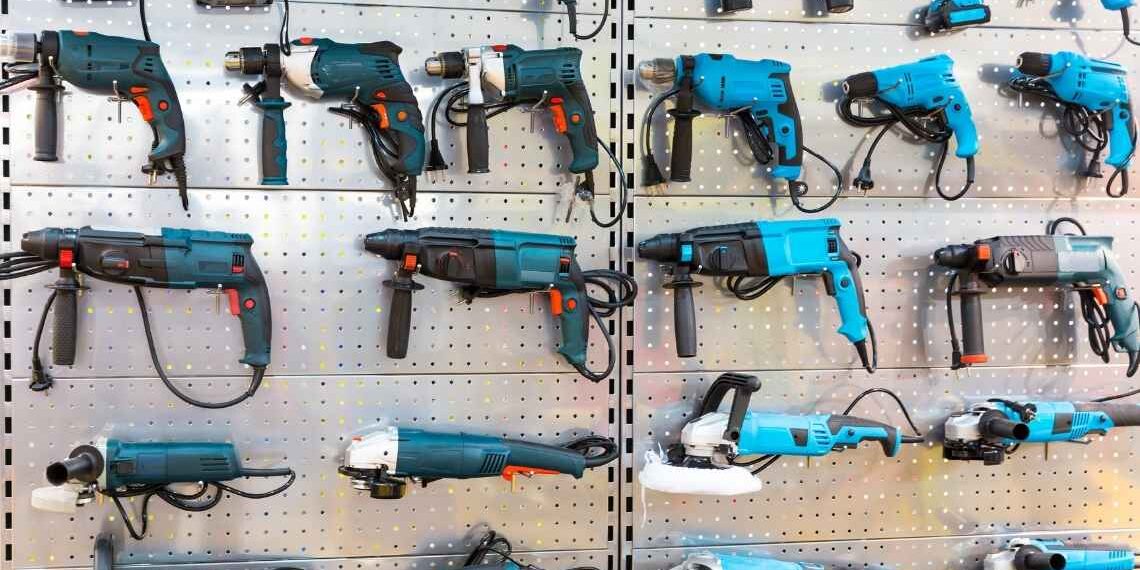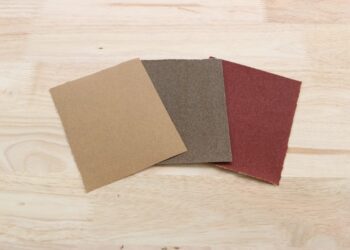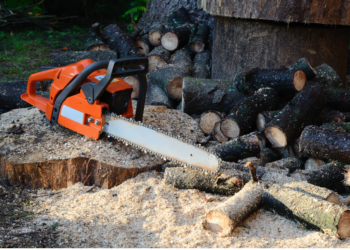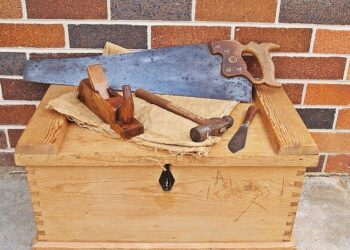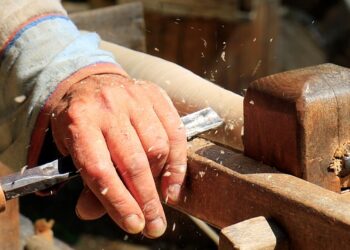Power drills are essential tools for home remodeling and minor and significant DIY activities. You can use needle-thin bits to drill tiny holes for DIY craft products, or giant hole saws and other soft materials can be tossed in. Alternatively, you can use a driver bit to drive screws directly into wood for various DIY projects around the house.
Whereas a power drill is indeed a valuable tool for a variety of tasks, various tasks like speedy labor, its high force can lead to improperly drilled holes, bent or dulled bits, and even severe user harm. However, when utilized appropriately, a power drill can assist you in completing DIY tasks in far less time than you might expect.
How does a power tool work?
A power tool is activated by a mechanism and power source other than manual work, as with hand tools. Electric motors are used in the majority of power tools. Compressed air and internal combustion engines are also widely employed. Steam engines, direct combustion of fuels and propellants, such as in powder-actuated devices, Other power sources include natural power sources such as wind or flowing water. Animal-powered instruments aren’t usually thought of as powerful.
Brushless Motors: What They Are and How They Work
Brushes and the commutator are removed in a brushless motor. Instead of brushes and a commutator, the energy is distributed to the windings instead of meetings and a commutator. The magnets and windings are also wrong: The magnets are mounted on the traditional motor shaft, and the armature’s copper windings are fixed and encircle the stake.
The tool adjusts to the task since the electronics interact directly with the stationary windings, so the companies sell these as “smarter” tools. When you use a brushless drill to drive screws through Styrofoam, for example, it detects the lack of resistance more quickly than a brushed motor and begins to draw only the charge it requires from the battery. The tool will adjust and tighten more electricity if you start screwing 3-inch screws into mahogany. On the other hand, a brushed motor will always run as fast as it can when in use.
Brushless motors can also be more assertive in general. The copper windings can be made more significant because they are outside the motor design. Brushless motors also avoid the friction and voltage loss caused by brushes rubbing against the rotating commutator. This physical contact results in a continual energy loss during the operational process.
Buyers will begin to see more brushless tools at their local home center as battery technology improves and tool design improves. They’re here to stay, but it’ll be a while before the technology reaches all power equipment used by weekend DIYers.
How Brushed Motors Worked in the Old Days
Carbon brushes, a ring of magnets, an armature, and a commutator are the four essential pieces of a typical brushed motor. The armature and commutator revolve on the motor shaft within the magnets, while the interests and brushes remain motionless.
A charge passes from the battery, through the brushes, and into the commutator when the motor is turned on. (To keep physical contact with the commutator, the meetings are spring-loaded.) The armature, made up of copper windings, receives the charge from the commutator (they look like bundles of copper wire). The direction magnetizes the windings, which push on the armature assembly’s stationary ring of magnets, causing it to spin. The spin continues until the battery’s charge is depleted.
Cordless tools with brushed motors
Power tools that are cordless are frequently easier to store and move about. Because they don’t have a wire and don’t require a separate power source, cordless instruments offer greater adaptability and mobility. When working on many jobs or in limited spaces, cordless tools allow you to explore can walk about freely without worrying about stumbling over or tangling a cable. They’re made to be light, so workers don’t get tired. Your battery should also be compatible with the rest of your power tools.
- Cordless drill
- Corded drill
- Jigsaw
- Belt sander
- Angle grinder
- Miter saw
- Circular saw
- Reciprocating saw
What Are the Advantages of Cordless Tools with brushed motors?
There are cordless versions of all of the tools mentioned above. The benefits of cordless instruments are apparent:
- A cordless tool has no cables to stumble over or tangle with.
- There is no risk of electrocution.
- Without extension leads, it may be utilized remotely from a primary source.
If you buy a cordless tool, be sure it comes with two batteries so you can charge one while using the other. When purchasing batteries individually later, they might be highly costly.
Brushless motors are the most recent trend in cordless equipment. The lack of brushes decreases friction, allowing the battery to last longer when fully charged.
It is also said that the power output has been enhanced. Brushless tools are more expensive. Therefore, you might be able to save money by purchasing a cordless drill with brushes, which have recently become more affordable.
Using Power Tools in a Safe Manner
Power tools may be harmful, and it’s essential to know how to use them and how they might harm you-
- Carefully go through the instruction handbook that came with your tool.
- Make sure the extension cables and power cords are in good shape. Do not tape up leads; instead, replace them!
- Because of the risk of electrocution, don’t use corded tools when it’s raining. Water entry can also harm cordless tools, which aren’t waterproof.
- Use a plugin GFCI (RCD) adapter between the power plug and the socket-outlet for enhanced safety. (If you’re powering many tools, you may use the pin from an extension lead.)
- Make sure your workspace is well lit to observe flexes and avoid cutting through them. Position flexes to reduce the chances of this occurring.
- With the tool disconnected from the socket-outlet or the battery removed, only change bits and blades or make adjustments.
- Wear the appropriate PPE.
- To avoid falling, declutter your workstation.
Conclusion
We’re on the verge of a new power tool age. Because of the increase of DIY producers and builders, it’s no wonder that our tools are developing. Manufacturing and construction are now more accessible than ever before to a broader range of people. New technologies and developments have evolved as a result of the increased demand. DIYers have more creative mindsets than others since they want to do everything themselves and occasionally make quite intriguing things due to their inventiveness.
FAQs:
Ques.1.Why are brushed motors still used?
Ans. Because of its dependability and lifespan, the brushless DC motor has found its way into a wide range of applications. In-home products and autos, brushed DC motors are still widely utilized. They also maintain a robust industrial niche because of the ability to alter the torque to speed ratio exclusive to brushed motors.
Ques.2.Why are cordless tools safer?
Ans. For a start, battery-powered cordless tools, in some cases, deliver 50 percent more power than a conventional tool, even while running more relaxed, thereby presenting a lower risk of burns and other injuries. But their dedication to ergonomics doesn’t end there.

